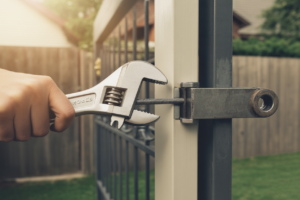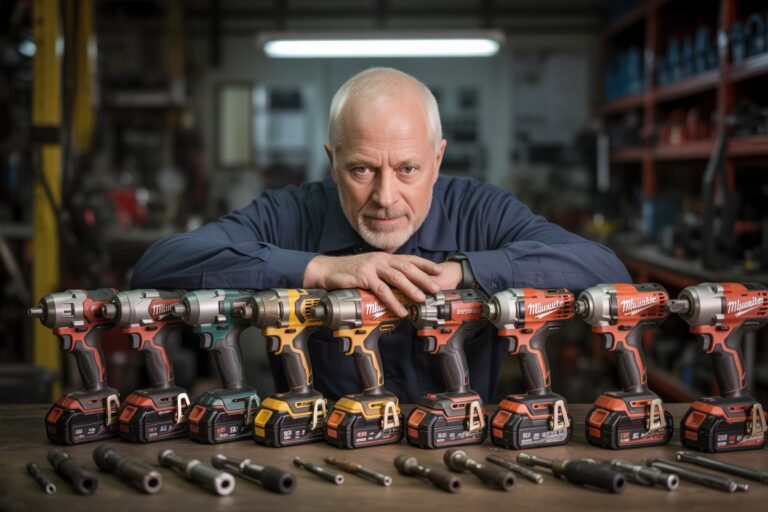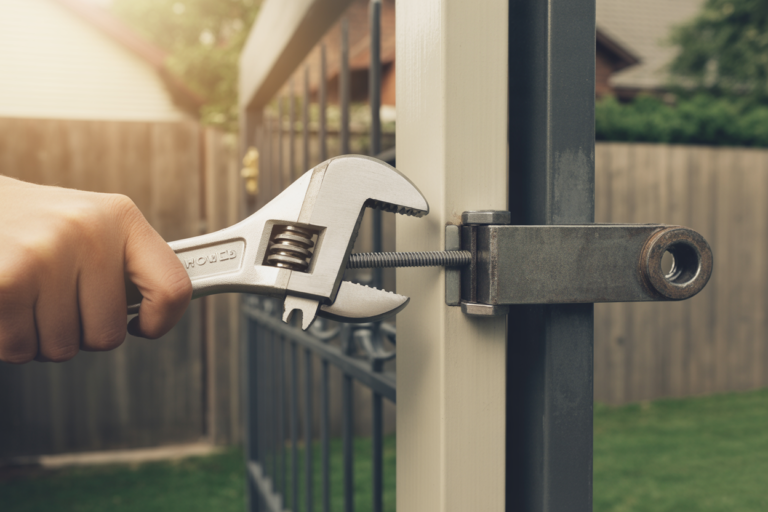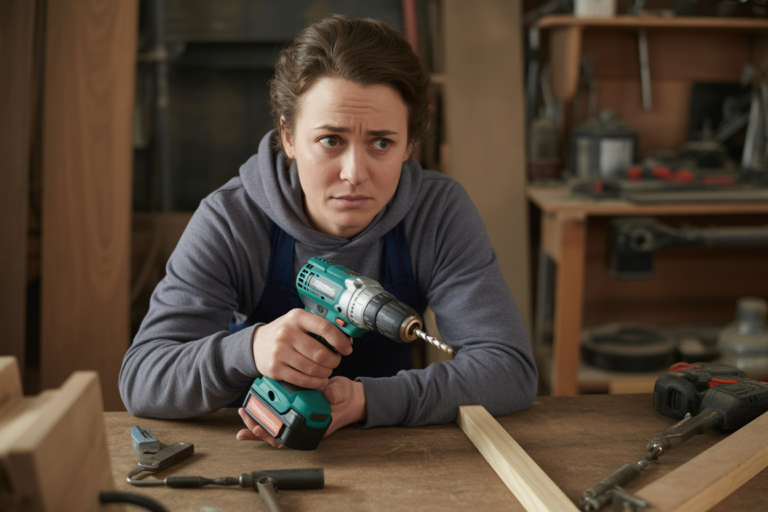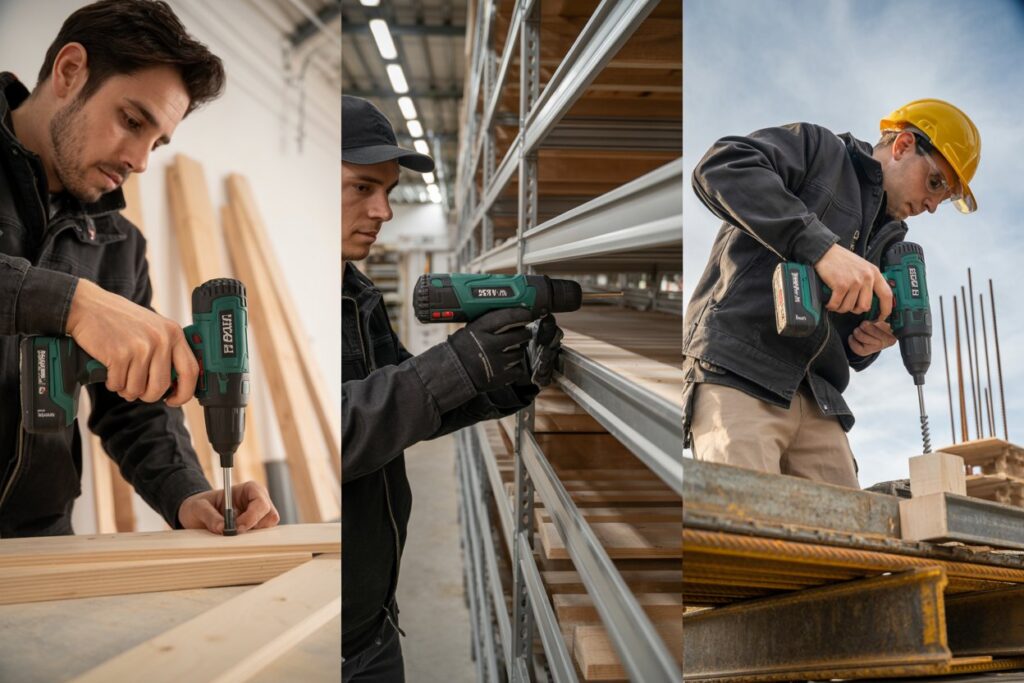
Choosing the right impact wrench frequency can feel tricky at first, but once you know the basics, it’s easier than you think. Let’s break it down step by step.
Impact frequency in an impact wrench is the number of hammer strikes delivered per minute. A higher frequency means more blows but usually with less force, while a lower frequency delivers stronger strikes with fewer hits.
When I first bought my own cordless wrench, I didn’t even know what “impact frequency1” meant. But after some trial and error (and a few stripped bolts), I learned that understanding this detail makes all the difference. It’s not about “more is better”—it’s about matching the tool to the job.
What Is Impact Frequency in an Impact Wrench?
Impact frequency describes how many hammering actions an impact wrench delivers per minute.
Impact frequency is measured in impacts per minute (IPM). It shows how often the hammer strikes inside the wrench. Most models range between 1,800–3,600 IPM. High IPM means fast, lighter blows, while low IPM delivers slower but more powerful hits.

Think of it like clapping your hands. Clap fast and light—you’ll hear more claps but with less strength in each one. Clap slow and hard—you’ll feel more force, but fewer claps. That’s basically what’s happening inside your wrench.
Real-Life Numbers to Keep in Mind
- 1,800–2,200 IPM → Heavy bolts, automotive, construction
- 2,200–2,800 IPM → Mid-range tasks like machinery assembly
- 2,800–3,600 IPM → Light-duty, small screws, woodworking2
| Frequency Range | Common Use |
|---|---|
| 1800–2200 IPM | Lug nuts, steel beams |
| 2200–2800 IPM | Equipment repair, mid-duty |
| 2800–3600 IPM | Furniture, small fasteners |
Why Impact Frequency Matters When Choosing a Wrench
Impact frequency affects tools speed, power, and control.
High impact frequency increases speed but reduces torque, making it better for lighter, repetitive tasks. Low impact frequency increases torque but reduces speed, ideal for tough bolts or heavy-duty jobs. Choosing the right balance prevents damage and saves time.
Here’s the mistake I made once: I used a high-frequency wrench on a rusted truck bolt. The wrench was buzzing away like a bee, but the bolt wouldn’t budge. I switched to a lower frequency with more torque, and it came off in seconds. That’s the kind of difference this detail makes.
Things You’ll Notice in Practice
- Higher frequency = faster, smoother, less vibration
- Lower frequency = stronger punch, but slower progress
- Wrong choice = wasted time, stripped bolts, frustration
How to Match Impact Frequency with Different Applications
Every job calls for a different frequency sweet spot.
Use low impact frequency (1,800–2,200 IPM) for heavy bolts, mid-range frequency (2,200–2,800 IPM) for assembly and repairs, and high frequency (2,800–3,600 IPM) for lighter fastening tasks. Matching frequency to application ensures efficiency and prevents tool or material damage.

I’ll give you a story. My friend once borrowed my high-frequency wrench to fix his gate hinges. Instead of tightening smoothly, it overdid it and bent the hinge. That’s when I realized: even small jobs need the right match.
Quick Match Guide
- Auto repair & construction: Low frequency → strong torque
- Machinery maintenance: Mid frequency → balance of speed and strength
- Woodwork & furniture: High frequency → faster, lighter fastening
| Application | Recommended Frequency |
|---|---|
| Automotive / Rusted bolts | 1800–2200 IPM |
| Equipment Assembly | 2200–2800 IPM |
| Woodworking / Light DIY | 2800–3600 IPM |
For more comparisons, check impact wrench application guide.
Tips for Choosing the Right Impact Wrench for Your Needs
It’s not just about numbers—it’s about how you actually work.
When choosing a wrench, consider the task type, bolt size, and material. Look for variable speed settings to adjust frequency. Always check torque rating and certifications. Test the tool if possible to ensure balance, comfort, and suitable performance for your jobs.
I’ve learned that buying a wrench is like buying shoes—you don’t pick by size alone. You think about where you’ll wear them, how often, and for what purpose. Same with impact wrenches: get one that fits your work style, not just the spec sheet.
My Go-To Checklist
- Do I need speed (high frequency) or force (low frequency)?
- Are most of my tasks light, medium, or heavy duty?
- Does the tool have variable settings?
- Can I handle the vibration comfortably?
Conclusion
Choosing wrench impact frequency1 isn’t about high or low—it’s about fit. Match it with your task, and you’ll save time, avoid mistakes, and make your work feel smoother.


